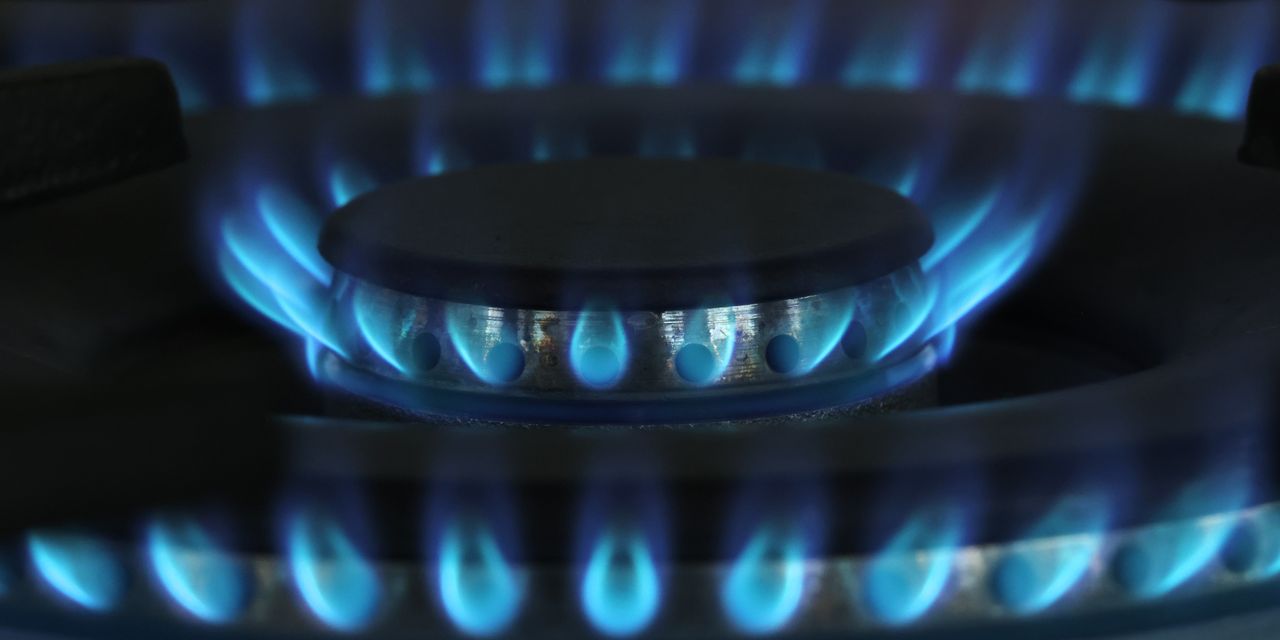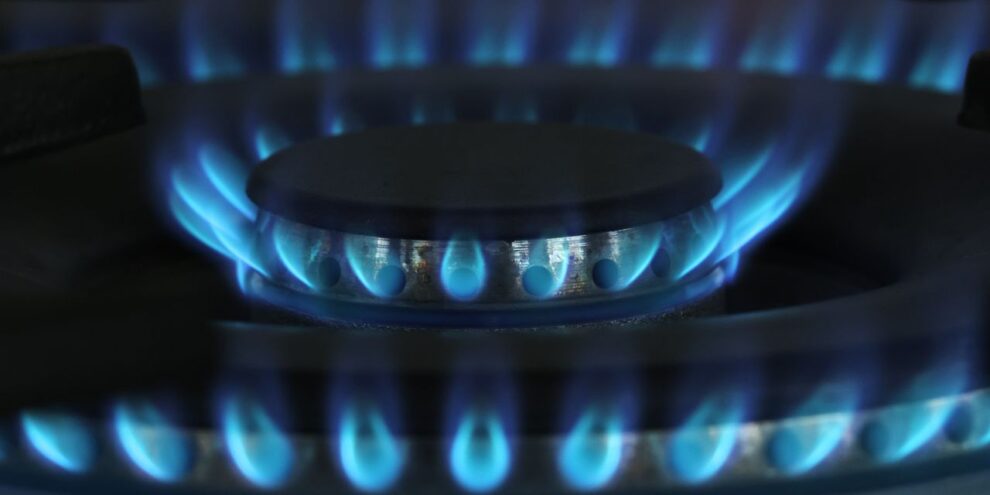
Natural gas has seen a shaky start to 2023, with U.S. prices falling to their lowest level in more than a year just halfway through the winter season, which is typically a period of high demand for the heating fuel.
There is “nothing unusual in U.S. gas demand versus what we have seen in the past few years,” says Saulius Adomaitis, global oil and gas leader at professional services network EY, pointing out that U.S. prices are “very much affected” by what’s happening outside the country.
As of Jan. 11, natural-gas futures traded on the New York Mercantile Exchange NGG23, +3.70% NG00, +2.18% were down 62% from last year’s peak close of $9.68 on Aug. 22, with about 2½ months left in the winter heating season. Prices lost over 35% in December, the largest monthly drop since December 2018.
Russia’s invasion of Ukraine early last year led to major concerns that Europe would see a shortage in supplies of the fuel. The International Energy Agency estimated that 45% of the European Union’s 2021 gas imports came from Russia.
The war will “continue to restrict supply of natural gas (and many other critical commodities) for years to come,” says Michael Rosen, chief investment officer at Angeles Investments. “Alternative supplies are being developed, but it will take years for Europe to replace Russian gas, so price volatility is likely to remain a feature of the market for some time.”
Still, Europe managed to reduce natural-gas demand through “conservation,” he says, helped by an unusually warm winter so far, and Europe was able to fill its storage tanks “to capacity.”
Also, the “very high” natural-gas prices in the summer and fall “provided an arbitrage for U.S. producers of [liquefied natural gas] to ship more to Europe.”
The recent decline in the U.S. dollar, given that natural gas is priced in the currency, contributed to the fall in natural-gas prices, as well, Rosen says. The ICE U.S. Dollar index DXY, -0.93% registered three consecutive monthly declines through December.
U.S. natural-gas futures for February delivery settled at $3.639 per million British thermal units on Jan. 10, the lowest for a front-month contract since Dec. 30, 2021.
Demand for the commodity in China was “not picking up due to the carbon restrictions,” says EY’s Adomaitis. The nation has pledged to achieve carbon neutrality by 2060.
The “China factor” is something to watch, adds Adomaitis. If China’s economy is really opening up in the second quarter following Covid-19 related shutdowns, and if that “coincides with the need to replenish Europe gas reserves…during spring and summer,” that may lead to a significant increase in gas prices and volatility in Europe—and that would have a “spillover effect” in the U.S.
Going forward, “we need to be mindful that winter is not over,” Adomaitis says. In the U.S., the winter heating season runs through March.
“ “We need to be mindful that winter is not over.””
The U.S. may also be moving closer to a ban on gas stoves, as studies show respiratory and select cancer risks linked to their use and raise concerns over their contribution to global warming.
Read: Gas-stove ban: U.S. moves closer to action as a consumer agency turns up its scrutiny
California has already restricted new gas hookups with a full ban on the sale of appliances to go into effect in 2030, and this phaseout of gas appliances is also happening in the United Kingdom and continental Europe, says Angeles Investments’ Rosen.
Medium term, natural-gas appliances are likely to be phased out, he says. He points out, however, that natural gas has a lower carbon impact than other carbon-based sources, so it will probably continue to be a “significant energy source for the foreseeable future.”
Longer term, however, in the decades ahead, “carbon-based energy will be replaced by renewable, or noncarbon-based, sources,” Rosen says.






